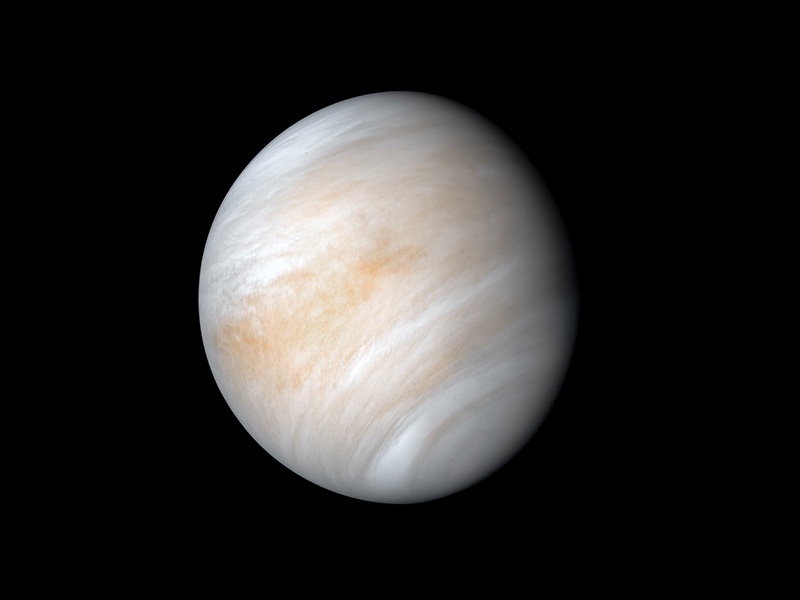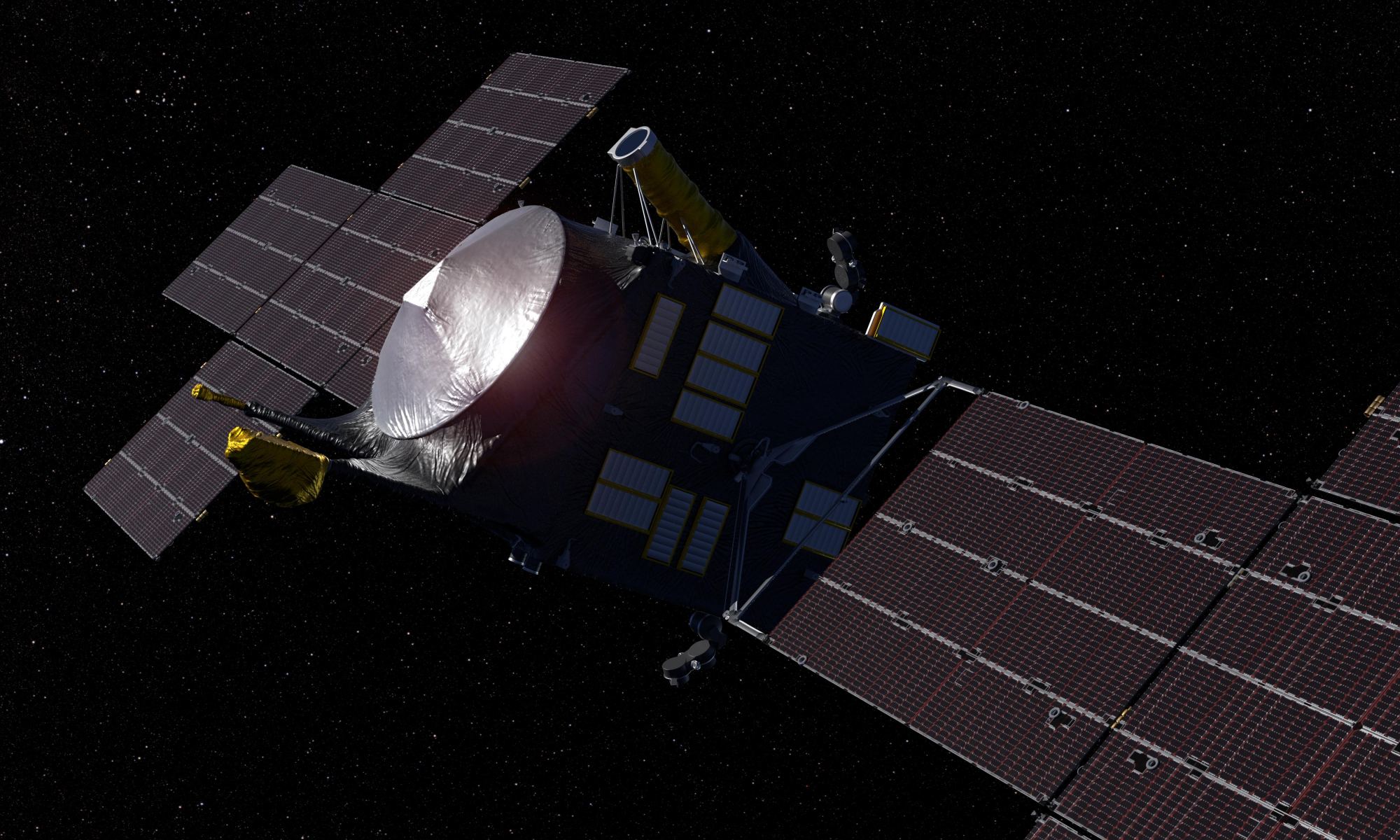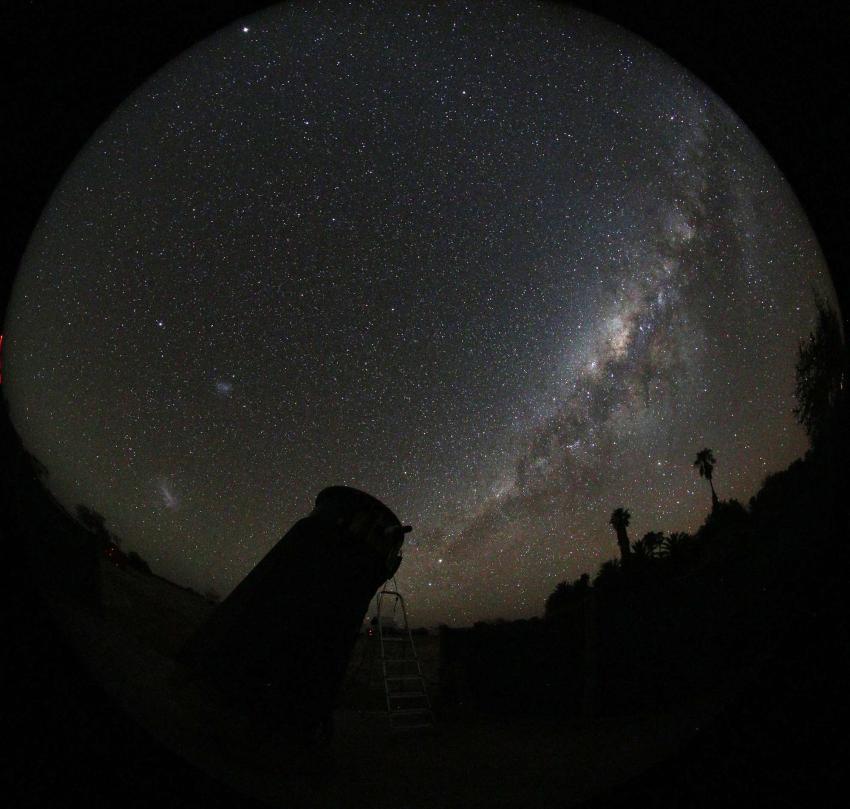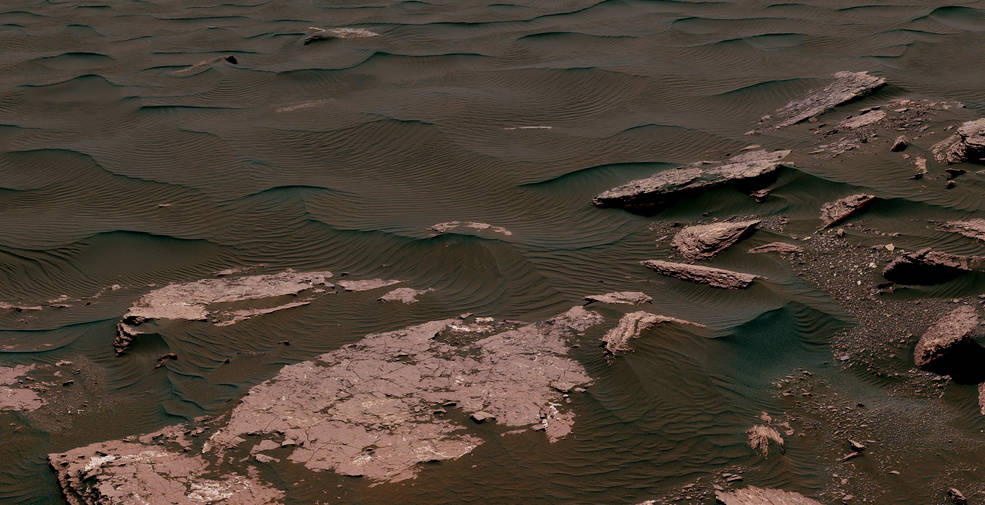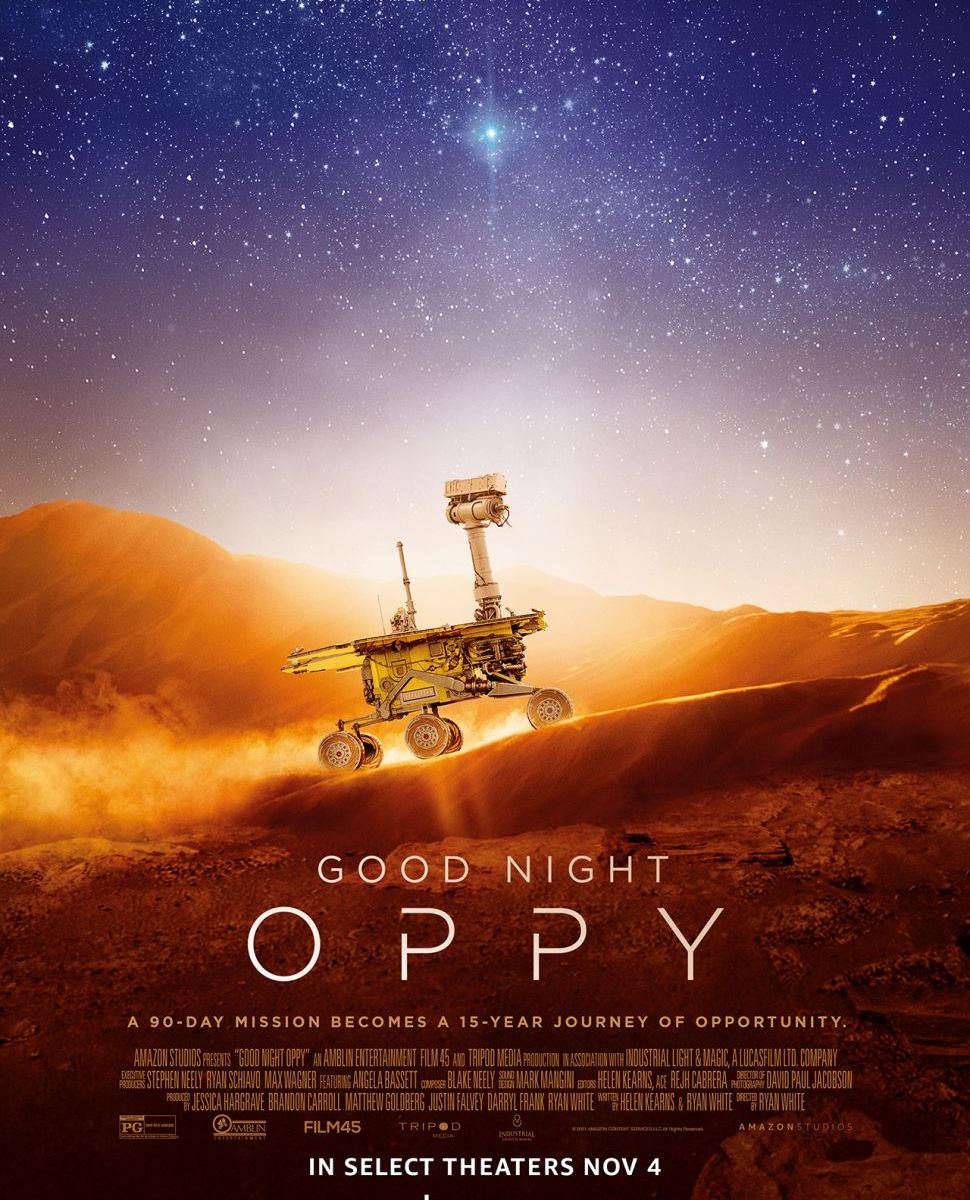In a recent paper accepted to Contemporary Physics, a physicist from Imperial College London uses past missions and recent findings to encourage the importance of searching for life in the atmosphere of the solar system’s most inhospitable planet, Venus. This comes as a 2020 announcement claimed to have discovered the presence of phosphine in Venus’ atmosphere followed by follow-up observations from NASA’s recently-retired SOFIA aircraft in late 2022 that refuted it. Despite this, Dr. David Clements, who is a Reader in Astrophysics in the Department of Physics at Imperial College London, recently told Universe Today that “there is something odd going on in the atmosphere of Venus.”
Continue reading “Physicist encourages continuing the search for life in Venus’ atmosphere”Physicist encourages continuing the search for life in Venus’ atmosphere
